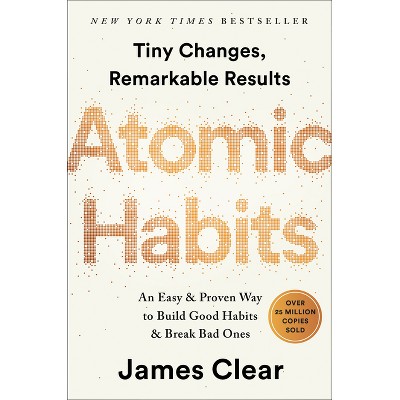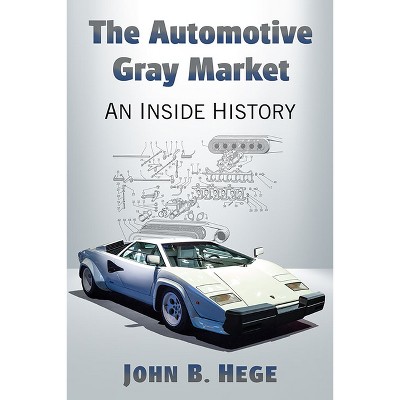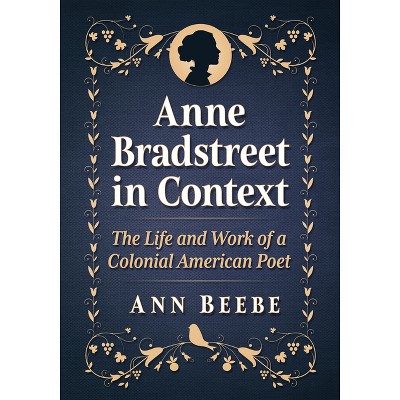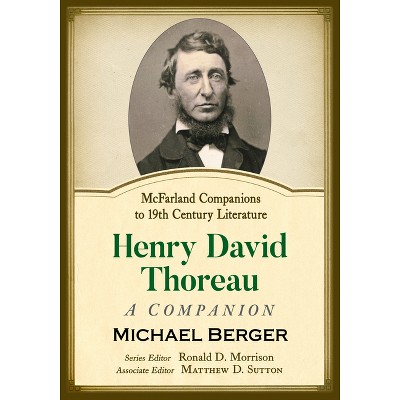About this item
Highlights
- Conceived in the 1930s, simplified and successfully tested in the 1950s, the darling of the automotive industry in the early 1970s, then all but abandoned before resurging for a brilliant run as a high-performance powerplant for Mazda, the Wankel rotary engine has long been an object of fascination and more than a little mystery.
- About the Author: John B. Hege is retired import auto mechanic from North Carolina who worked in gray market "conversion" shops during the peak years of 1985 and 1986.
- 182 Pages
- Transportation, automotive
Description
About the Book
Conceived in the 1930s, simplified and successfully tested in the 1950s, the darling of the automotive industry in the early 1970s, then all but abandoned before resurging for a brilliant run as a high-performance powerplant for Mazda, the Wankel rotary engine has long been an object of fascination and more than a little mystery. A remarkably simple design (yet understood by few), it boasts compact size, light weight and nearly vibration-free operation. In the 1960s, German engineer Felix Wankels invention was beginning to look like a revolution in the making. Though still in need of refinement, it held much promise as a smooth and powerful engine that could fit in smaller spaces than piston engines of similar output. Auto makers lined up for licensing rights to build their own Wankels, and for a time analysts predicted that much of the industry would convert to rotary power. This complete and well-illustrated account traces the full history of the engine and its use in various cars, motorcycles, snowmobiles and other applications. It clearly explains the working of the engine and the technical challenges it presentedthe difficulty of designing effective and durable seals, early emissions troubles, high fuel consumption, and others. The work done by several companies to overcome these problems is described in detail, as are the economic and political troubles that nearly killed the rotary in the 1970s, and the prospects for future rotary-powered vehicles.Book Synopsis
Conceived in the 1930s, simplified and successfully tested in the 1950s, the darling of the automotive industry in the early 1970s, then all but abandoned before resurging for a brilliant run as a high-performance powerplant for Mazda, the Wankel rotary engine has long been an object of fascination and more than a little mystery. A remarkably simple design (yet understood by few), it boasts compact size, light weight and nearly vibration-free operation.
In the 1960s, German engineer Felix Wankel's invention was beginning to look like a revolution in the making. Though still in need of refinement, it held much promise as a smooth and powerful engine that could fit in smaller spaces than piston engines of similar output. Auto makers lined up for licensing rights to build their own Wankels, and for a time analysts predicted that much of the industry would convert to rotary power.
This complete and well-illustrated account traces the full history of the engine and its use in various cars, motorcycles, snowmobiles and other applications. It clearly explains the working of the engine and the technical challenges it presented--the difficulty of designing effective and durable seals, early emissions troubles, high fuel consumption, and others. The work done by several companies to overcome these problems is described in detail, as are the economic and political troubles that nearly killed the rotary in the 1970s, and the prospects for future rotary-powered vehicles.
Review Quotes
"it stands apart from the crowd as the only history of the Wankel rotary engine that brings the story into the 21st Century"-SAH Journal; "this book continues to excel...terrific...technophiles will love this"-Hemmings Motor News; "excellent"-Hemmings Sports & Exotic Car; "definitive...readable, technically accurate, and very comprehensive...a must-read...all levels"-Choice; "Hege has thoughtfully penned a complete history...guaranteed to delight"-Old Cars Weekly; "informative"-SciTech Book News; "goes a long way to explaining everything"-The Automobile.
About the Author
John B. Hege is retired import auto mechanic from North Carolina who worked in gray market "conversion" shops during the peak years of 1985 and 1986. He wrote this work because he wanted to share some unique stories about a very poorly understood period of automotive history in America.











